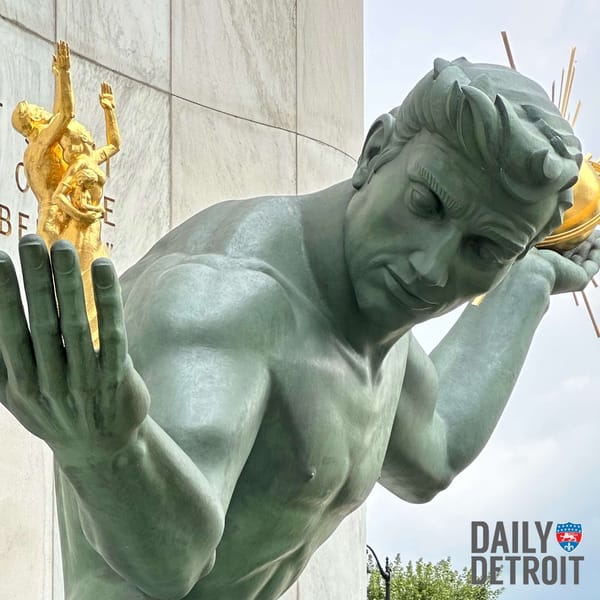Lafayette Park, a neighborhood northeast of downtown Detroit, has received the coveted status of National Historic Landmark. It is one of four sites in the U.S. awarded the status Tuesday by U.S. Secretary of the Interior Sally Jewell and National Park Service Director Jonathon Jarvis.
The National Historic Landmark status is intended to “recognize places of national significance in communities throughout the country,” according to Jarvis.
Lafayette Park is Michigan’s 41st National Historic Landmark and one of 2,564 nationwide. The parks designation as a landmark bumps the number of federal landmarks in Detroit to 10, not counting the Boblo boat SS Ste. Claire, which is currently in Ecorse.
The neighborhood is one of the earliest planned urban renewal projects of the Mid-Century Modern architectural movement. “It succeeded in creating an ethnically-diverse community that continues to thrive today and is generally regarded as one of the best and most successful examples of a residential urban renewal development in the nation,” said the Department of Interior.
Unfortunately, the neighborhood’s past is darker than it first appears. The Housing Act of 1949 paved the way for the urban renewal programs of the 1950s. Under the Housing Act, cities received federal money to buy and clear neighborhoods that were considered slums.
Lafayette Park was the first large renewal project with the goal of replacing Detroit’s Black Bottom neighborhood. Black Bottom, home to a large number of African Americans, was one of the poorest neighborhoods in Detroit. To make way for Lafayette Park, residents were relocated helter-skelter and their homes razed.
Today, the 78-acre Lafayette Park boasts the largest collection of works by architect Mies van der Rohe, a prominent figure in international architectural style. Many of the buildings in the neighborhood are one- and two-story townhomes. However, there is a small neighborhood shopping center and two high-rises.










